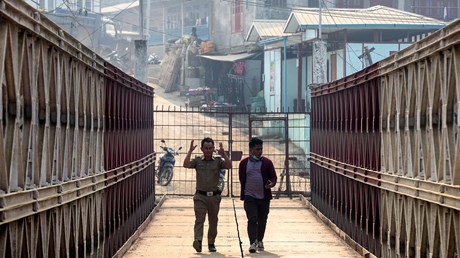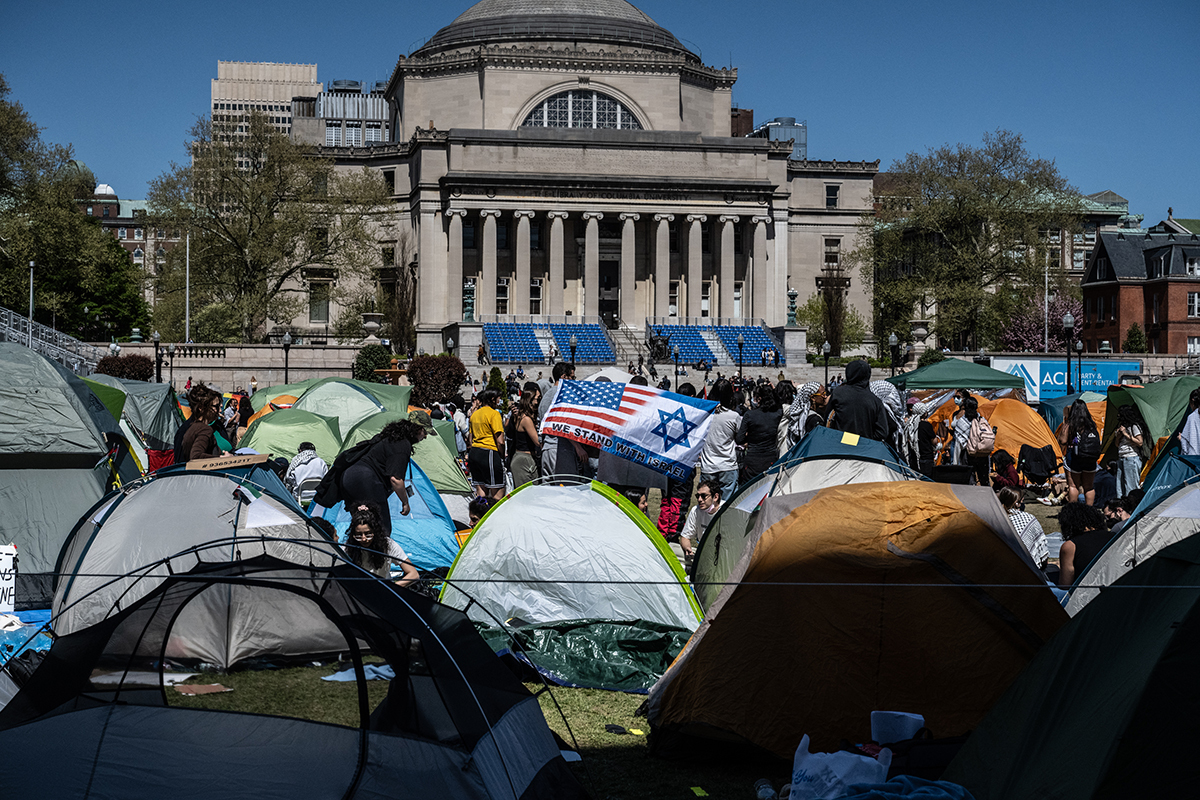Search Results for School
Links
A Ministry to the Local Churches of America
|
Pensacola Florida (FL)
|
West Plains Missouri (MO)
|
Church Management Software
|
Articles
Videos
News
The government plans to close its porous border with Myanmar to boost security, separating ethnic groups that straddle the boundary.
 Ngamreichan Tuithung runs a Christian boarding school that sits right at the border of India’s Manipur state and Myanmar. Amazing Grace Mission School is based in Wanglee Market, a small Indian town, and serves around 150 students from Myanmar and 6 from India.Since Myanmar’s 2021 coup, the school has become a safe haven for parents wanting to send their children away from the violence of the war raging on in Myanmar. To Tuithung, it’s an opportunity to share with students and parents “about God’s love and how God is taking care of us.”For decades, some parents in Myanmar (also known as Burma) have been able to easily send their kids to school in India, thanks to a government policy that allows citizens of either country living within 10 miles of the border to freely enter the other country without a visa. Many tribal communities share ethnic ties, familial bonds, and a way of life transcending territorial boundaries. Tuithung, who is from the Naga ethnic group, grew up in India but has many relatives in Myanmar. Because of their close ties, he can speak Burmese and visits them often.However, all this will change as the Indian government proceeds with its decision to close the international border between India and Myanmar, which shares boundaries with four Indian states: Arunachal Pradesh, Nagaland, Manipur, and Mizoram. India’s home minister Amit Shah says the action is needed to “ensure the internal security” and “to maintain the demographic structure” of northeastern India as the war in Myanmar continues. Plans include constructing a fence and implementing a surveillance system.Tuithung believes that even with tightened borders, the government will provide ...Continue reading... Ngamreichan Tuithung runs a Christian boarding school that sits right at the border of India’s Manipur state and Myanmar. Amazing Grace Mission School is based in Wanglee Market, a small Indian town, and serves around 150 students from Myanmar and 6 from India.Since Myanmar’s 2021 coup, the school has become a safe haven for parents wanting to send their children away from the violence of the war raging on in Myanmar. To Tuithung, it’s an opportunity to share with students and parents “about God’s love and how God is taking care of us.”For decades, some parents in Myanmar (also known as Burma) have been able to easily send their kids to school in India, thanks to a government policy that allows citizens of either country living within 10 miles of the border to freely enter the other country without a visa. Many tribal communities share ethnic ties, familial bonds, and a way of life transcending territorial boundaries. Tuithung, who is from the Naga ethnic group, grew up in India but has many relatives in Myanmar. Because of their close ties, he can speak Burmese and visits them often.However, all this will change as the Indian government proceeds with its decision to close the international border between India and Myanmar, which shares boundaries with four Indian states: Arunachal Pradesh, Nagaland, Manipur, and Mizoram. India’s home minister Amit Shah says the action is needed to “ensure the internal security” and “to maintain the demographic structure” of northeastern India as the war in Myanmar continues. Plans include constructing a fence and implementing a surveillance system.Tuithung believes that even with tightened borders, the government will provide ...Continue reading... |
Columbia, an Ivy League school in New York City, became an epicenter when a tent city dubbed the “Gaza Solidarity Encampment” was created on the school's campus.
|
 Yeshiva University, the flagship Modern Orthodox institution in New York City, has re-opened its admissions process as pro-Palestinian encampments, many of them explicitly pro-Hamas, have raised safety concerns for Jewish and Israeli students.? The school will reopen its portal for undergraduate applicants, Berman said, and he has reserved places in a special track to pursue an undergraduate degree through some courses in Israel and others in the United States.? ? "We have also heard from top-tier faculty across the country who are feeling uncomfortable on their current campuses and are interested in being part of an institution whose core values align with our own," Berman added. "As we continue to expand, we are creating new faculty positions in a number of fields."? Yeshiva University, the flagship Modern Orthodox institution in New York City, has re-opened its admissions process as pro-Palestinian encampments, many of them explicitly pro-Hamas, have raised safety concerns for Jewish and Israeli students.? The school will reopen its portal for undergraduate applicants, Berman said, and he has reserved places in a special track to pursue an undergraduate degree through some courses in Israel and others in the United States.? ? "We have also heard from top-tier faculty across the country who are feeling uncomfortable on their current campuses and are interested in being part of an institution whose core values align with our own," Berman added. "As we continue to expand, we are creating new faculty positions in a number of fields."? |
 Columbia University announced a shift to hybrid classes due to the ongoing anti-Israel protest, prompting calls for the Biden administration to take away the school's federal funding and discipline the demonstrators, which some say should include revoking the visas of the students expressing support for terrorist groups.? Columbia University announced a shift to hybrid classes due to the ongoing anti-Israel protest, prompting calls for the Biden administration to take away the school's federal funding and discipline the demonstrators, which some say should include revoking the visas of the students expressing support for terrorist groups.? |
If you care about someone whose K–12 school or institution of higher learning receives any federal funding, take note: their school may have to open girls' bathrooms, locker rooms, housing accommodations, and sports teams to boys who claim to “identify” as girls.
|



 Links
Links  Articles
Articles  Blogs
Blogs  Videos
Videos  News
News  Colors
Colors 

 New links
New links












